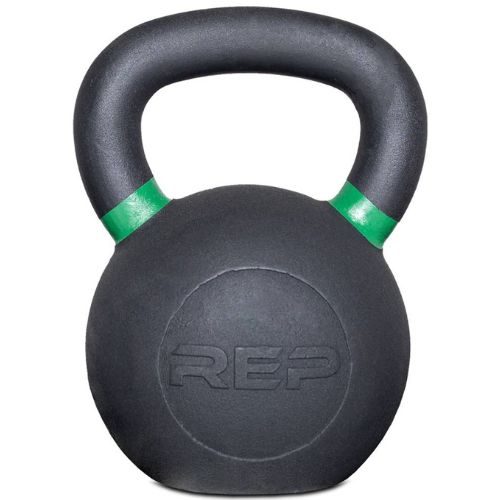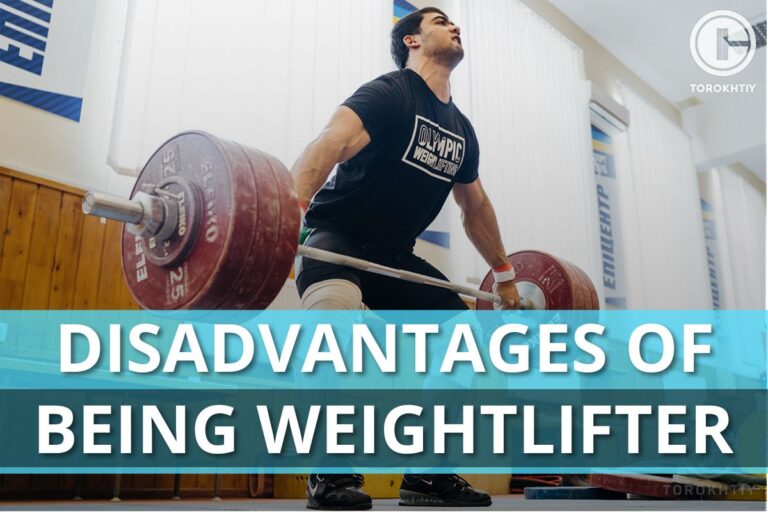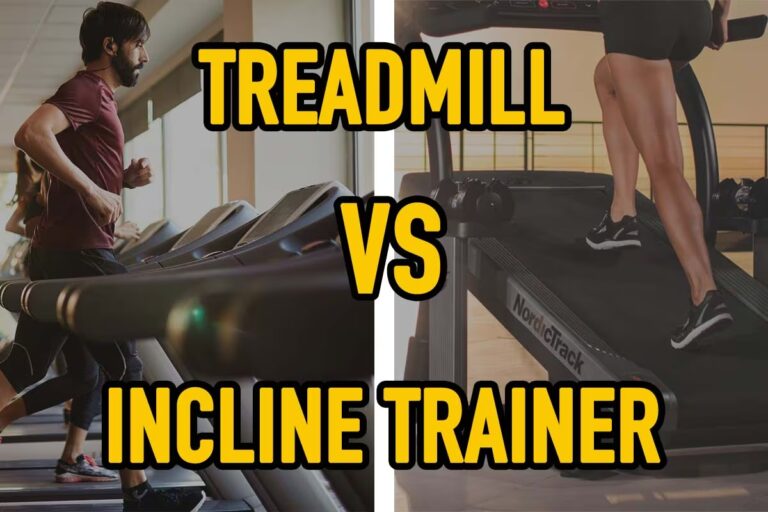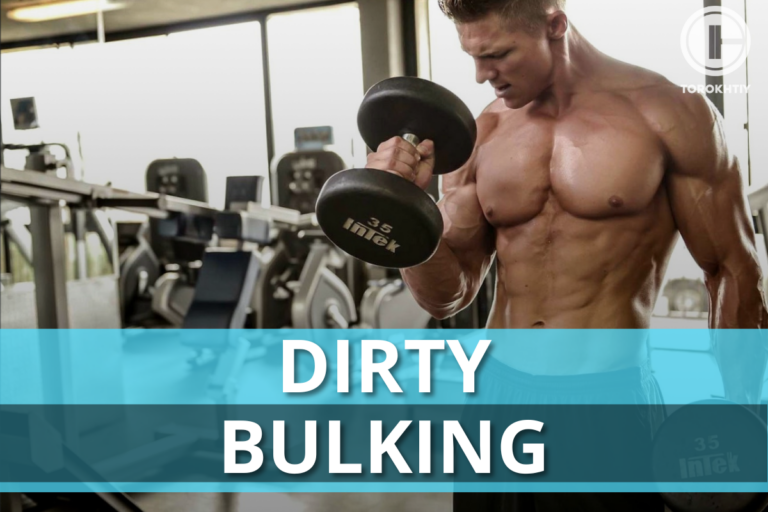Kettlebells vs Barbells: Which One to Use?
When it comes to fitness equipment debates, the kettlebells vs barbells one is at the very top of the list, especially for people who want to build a gym and train at home. However, the reality is that those two fitness accessories are very different, and even though they can be used for workouts, they provide different challenges and so it’s impossible to declare one better than the other. It all depends on the kind of training you want to do and the results you hope to achieve.
With that said, in this article, we will talk about both kettlebells and barbells while also helping you solve the barbell vs kettlebell debate for yourself.
Let’s get going.
Kettlebells vs Barbells – Which One Should You Use. Both kettlebells and barbells are great for weight training and are terrific pieces of fitness equipment. However, kettlebells are more suitable for circuit workouts and functional training, while barbells are the clear choice for strength training.
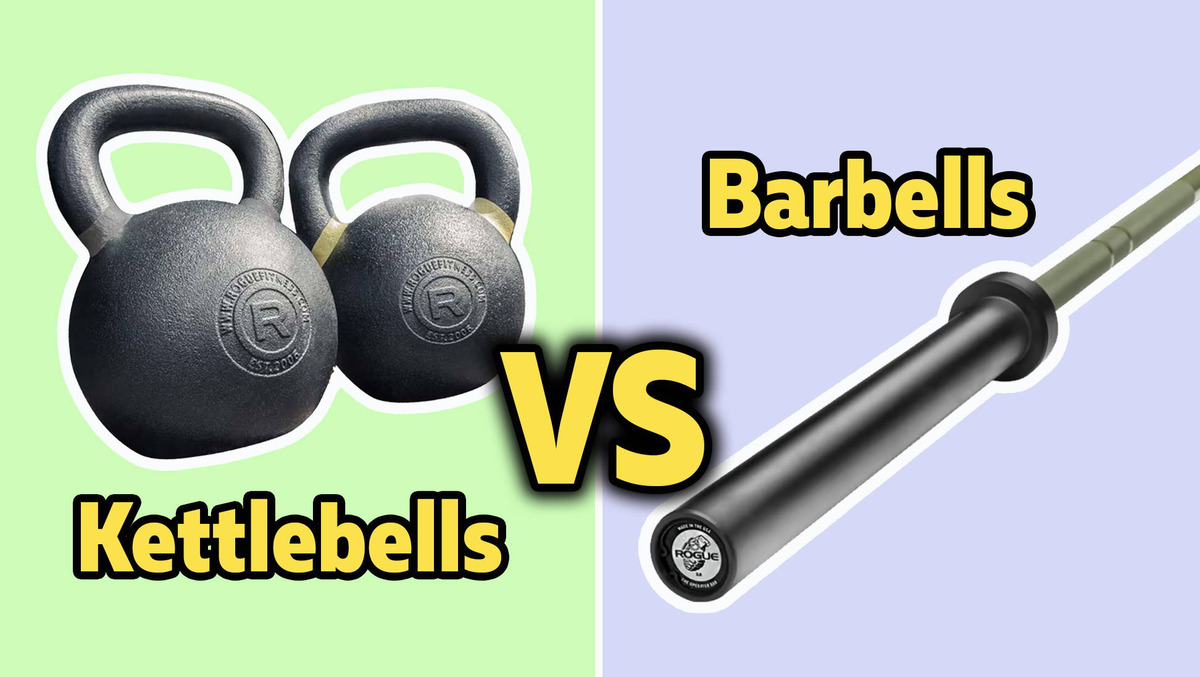
What is a Kettlebell?
Over the last few years, the kettlebell has come out of the shadows and is now one of the market’s most looked-for fitness equipment pieces. Basically, kettlebells are cast iron weights that have a handle on top of them and usually a bottom that’s either completely rounded, oval, or kind of square. If you’ve ever been to a fitness class or a circuit workout, it’s likely that you’ve seen people using kettlebells for all sorts of athletic, explosive movements.
With that said, kettlebells can also be used for traditional strength exercises such as lateral raises, bicep curls, and Romanian deadlifts; however they’re not as popular amongst the Olympic weightlifting and powerlifting community.
If you want to mix up your training session and get in a different kind of challenge, kettlebells are a piece of great equipment to include. They’re also fantastic if you want to focus on explosive movements and functional fitness, as they challenge your ability to move weight completely differently.
When it comes to working out at home, kettlebells can be highly convenient as they don’t take up a ton of space and are super versatile. Especially for beginners, they can be a significant challenge both for circuit, cardio-focused workouts and for weight training. When it comes to more advanced athletes, kettlebells are a way to add variety to your training and to develop your body to move in a different way, which is always useful. Because kettlebells have an unusual shape, they’re harder to lift compared to dumbbells or barbells. That’s because you have to lift the weight and stabilize it, which in turn utilizes different muscle groups and often makes even basic exercises more difficult to execute.
Pros of Kettlebells:
Cons of Kettlebells:
Nowadays on the market, many companies offer all sorts of kettlebells, but the ones we recommend are made by REP Fitness. These kettlebells are made of cast iron and are covered with the matte coating for extra longevity.
There’s a wide size range available from 9 lb to 106 lb, and each kettlebell size is labeled with a corresponding number and marked with the specific color. The kettlebell basis is flat and smooth due to matte finish. You can perform ballistic exercises, static, and strength-oriented training with the help of various kettlebell weights. It’s possible to buy each size individually, single, or double sets.
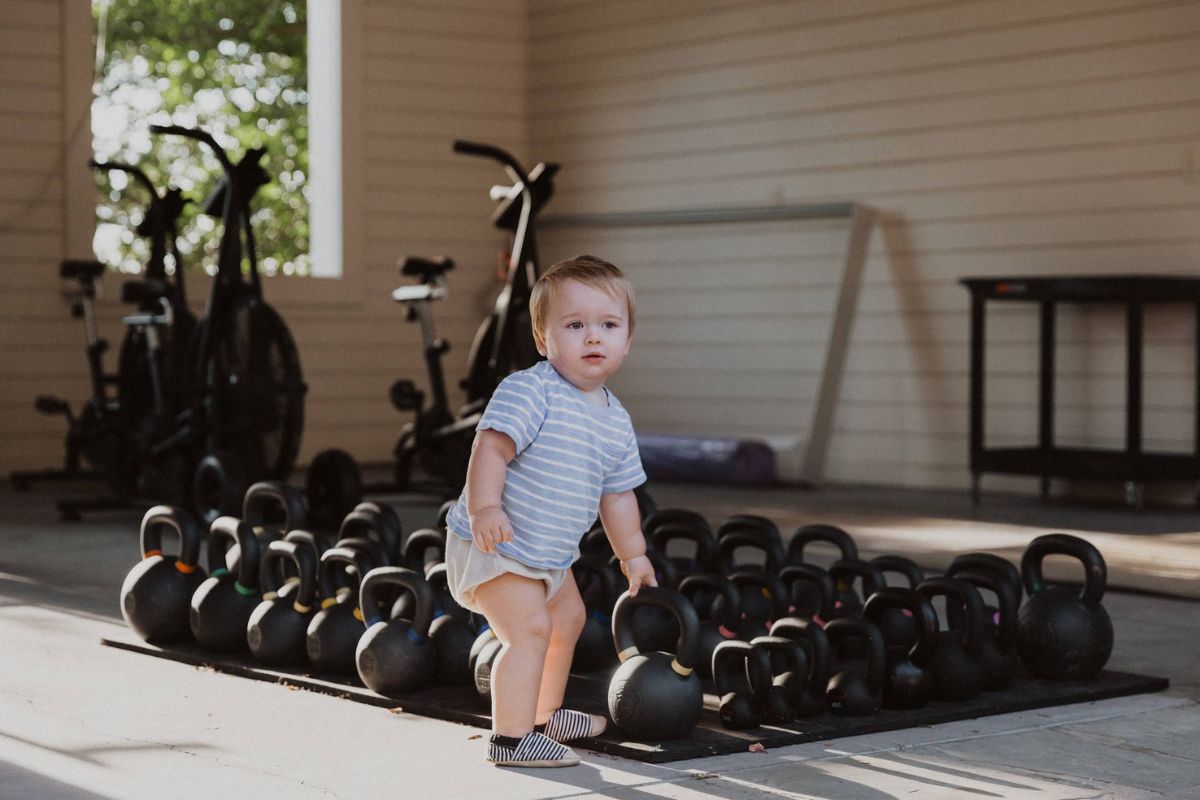
What is a Barbell?
The good old barbell is perhaps the most recognizable and widely used piece of fitness equipment, and for a good reason. A barbell is basically a metal bar on which you put on replaceable weights. Typically, barbells are between five and seven feet in length, depending on their variation. The most common types of barbells include:
- Olympic barbell: A barbell variation used for Olympic weightlifting and powerlifting. It’s a seven feet long bar that weighs just under 45 pounds and can hold up to 1000 pounds of weight plates. In most gyms, you will see these kinds of bars used for squats and deadlifts.
- Standard barbell: It’s similar to the Olympic barbell in length and in the gripping position. However, it weighs a lot less (just under 20 pounds) and can hold up a lot less weight – only up to 400 pounds of weight plates.
There are many other popular variations of the barbell, such as trap bars, EZ curl bars, and more, and they are all used for different exercises and with the purpose of targeting various muscle groups. Barbells usually also come with collars or clamps, which help hold the weight plates in place while you’re performing the different exercises.
The barbell is perhaps the most versatile fitness equipment – it’s suitable for both complete beginners and advanced athletes. It can be used for fitness workouts, Olympic weightlifting, powerlifting, and bodybuilding. Many different kinds of exercises can be performed with barbells, and you can work out your entire body using this piece of equipment. With that said, lifting heavy can be dangerous for beginners, especially if they’re not used to the proper form or lack the required strength. That is why, as a general rule, barbell training is more suitable for intermediate and experienced lifters who already have the needed practice to be able to use the barbells properly.
Pros of Barbells:
Cons of Barbells:
If we have to recommend one barbell on the market, we would suggest you get the one from CAP Barbell Store. It’s an Olympic barbell that both professional athletes and regular gym-goers can use. It’s made from Japanese steel and has a specific, non-slippery grip design which can be great for your sweaty sessions. Along with that, it comes in just under 45 pounds and has a special UV-stable acrylic clear coating that makes it more durable and good for both indoor and outdoor use.
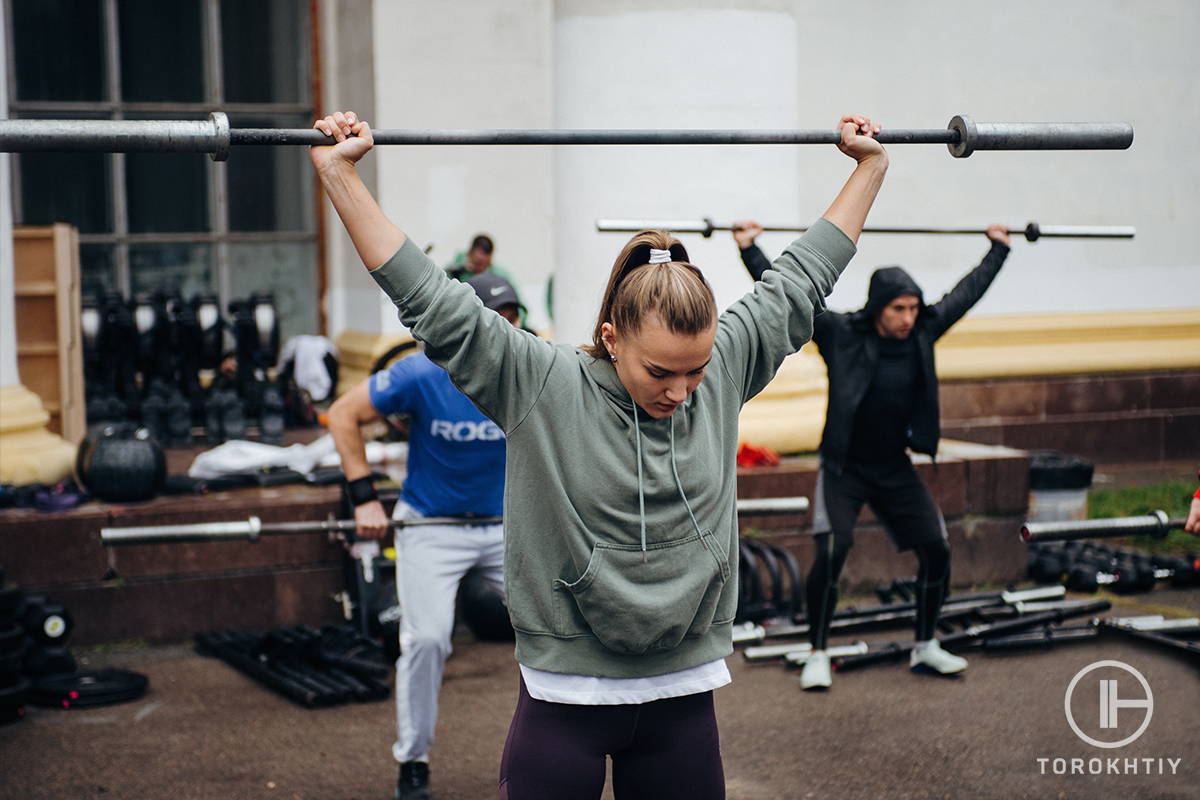
Kettlebells vs Barbells – The Main Differences
There are quite a few differences that we can look at when it comes to kettlebells and barbells. However, in order to make this article as helpful as possible, we will only look at the main ones. We won’t be wasting too much time debating “kettlebell squats vs barbell squats” or “kettlebell deadlift vs barbell deadlift”.
1. Weight Range
Kettlebells are more lightweight compared to dumbbells. Typically sets begin at around 5lbs and go up to 100lbs. You will rarely find ones that go above that weight. For people that have been training for quite a long time and who are focused on increasing their strength, this makes kettlebells not ideal for the primary fitness equipment that they use. On the other hand, barbells are perfect for high-resistance training as they can be loaded up to 1000 lbs.
2. Safety
When it comes to using both kettlebells and barbells, there are some safety issues that you need to consider. Kettlebells only go up to 100 lbs, so it’s likely that you won’t need a spotter for most training sessions. However, if you’re training with barbells, especially when testing your one rep max, it’s a good idea to have a spotter; otherwise, you can easily injure yourself. However, most exercises that are typically done with kettlebells are dynamic – meaning that you’re moving quickly while doing them. This can lead to its own set of safety concerns, as poor form can easily get you injured.
3. Grip Variety
The weight distribution is very different when you compare these two pieces of fitness equipment. With the barbell, you get all the weight distributed over an extended plane, which makes it a better option for squats and deadlifts. On the other hand, the kettlebell holds weight right below the gripping point, which can be problematic when you’re lifting close to your maximum weight as it causes stress on the forearm and elbow joints. With that said, kettlebells make it possible for you to do one-handed exercises which are impossible to perform with a barbell, thus adding more variety and challenging your body in a different manner.
4. Performance
Due to the difference in their shape and weight distribution, training with barbells and kettlebells is completely different. For example, kettlebell workouts can help you build explosiveness and balance and improve your imbalances. On the other hand, if you want to increase your strength and to build more muscle quickly, then barbell training is the better option as it allows you to progress more efficiently.
FAQ
Are Kettlebells Better Than Barbells?
We cannot say one is better than the other. It all depends on what training goals you have, what kind of workout you prefer doing, and what weakness you want to work on.
Can You Build Muscle With Kettlebells Only?
If you’ve never done resistance training before or you’re fairly new to weight training, then it’s possible to build muscles only by working out with kettlebells. Although they only go up to 100 lbs pounds, that’s still enough of a challenge for most beginner and intermediate lifters. However, as time goes by and your strength increases, it’s advisable to start incorporating barbell training if you want to see continuous improvement.
In Conclusion
As you can see, comparing barbells vs kettlebells is not easy as both pieces of fitness equipment have their own place in the training regime of every athlete. With that said, if you’re building a home gym only so that you can work out a few times a week when you don’t feel like going to the gym or if you’re just starting your fitness journey, then kettlebells are the better option. However, if you’re looking to invest and you want to have a proper gym at your house, then your first buy has to be barbells and free weight plates, as they’re perhaps the most versatile kind of fitness equipment you can get. But that’s only our opinion, and we’d love to know what you guys think – kettlebell or barbell; which one is the better option?
Also read:
- Rubber Kettlebell
- Competition Style Kettlebell
- What Size Kettlebell Should I Get
- Kettlebell Workout Benefits
- Best Kettlebell Wrist Guards
- Best Kettlebells
- Kettlebell Core Workout
- Kettlebell Leg Workout
- Beginner Kettlebell Workout
References:
- Kettlebell Swing Training Improves Maximal and Explosive Strength // Journal of Strength and Conditioning Research: https://journals.lww.com/nsca-jscr/fulltext/2012/08000/kettlebell_swing_training_improves_maximal_and.28.aspx
Why Trust Us?
With over 20 years in Olympic Weightlifting, our team does its best to provide the audience with ultimate support and meet the needs and requirements of advanced athletes and professional lifters, as well as people who strive to open new opportunities and develop their physical capabilities with us.
By trusting the recommendations of our certified experts in coaching, nutrition, dietology, and sports training programming, as well as scientific consultants, and physiotherapists, we provide you with thorough, well-considered, and scientifically proven content. All the information given in the articles concerning workout programming, separate exercises, and athletic performance, in general, is based on verified data. We ensure that you can rely on our professionals’ pieces of advice and recommendations that can be treated as personalized ones which will benefit you and fully meet your needs.
The product testing process is described in more detail here
Author: Ihor Shymechko
Pro Olympic Weightlifter, Coach
Best Results: Snatch – 208 kg,
C&J – 240 kg
Ihor has been a professional weightlifter since 1996, boasting over two decades of competition experience. His notable achievements include clinching the European Championship in 2009 and securing a silver medal in the 105kg division at the Senior World Championships in 2011. Ihor represented his country in the 2008, 2012, and 2016 Summer Olympics. After retiring from competitive weightlifting, he transitioned to coaching, leveraging his vast experience to guide athletes who now compete on both national and international stages.

